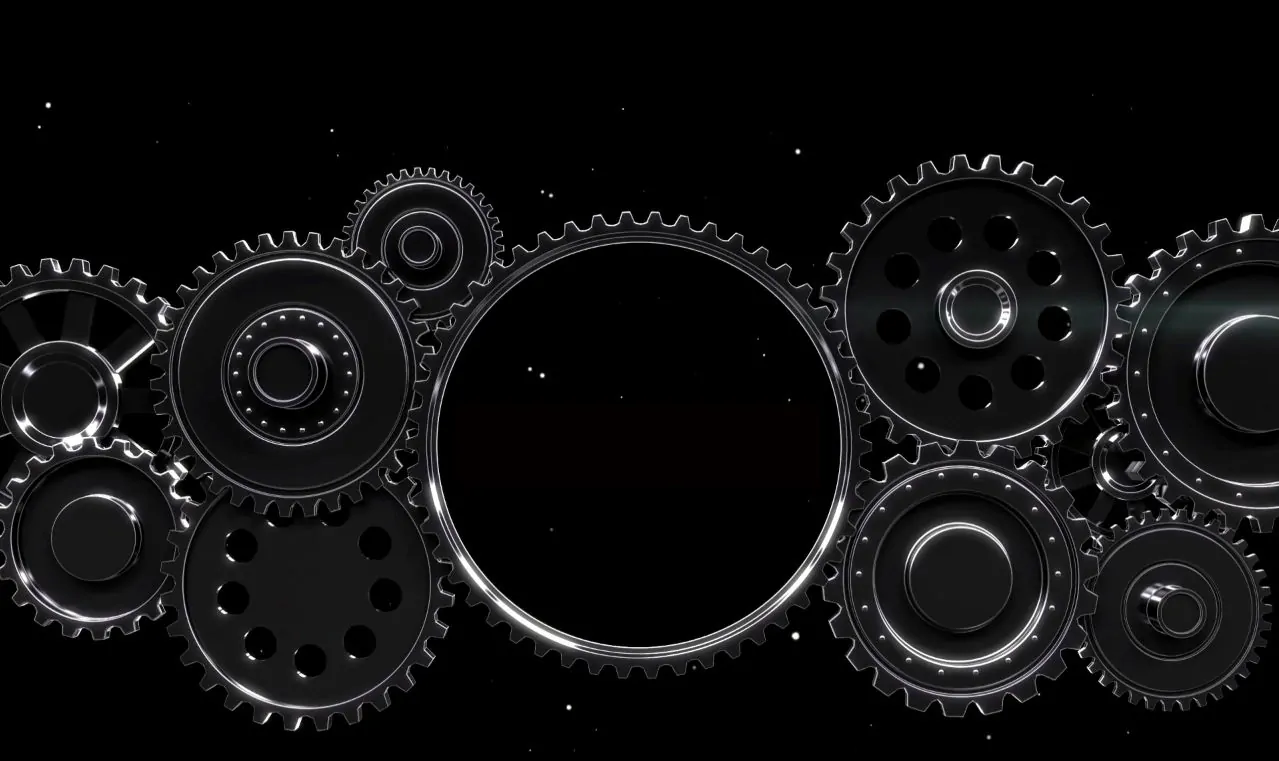
Machine

Carding Machine with Bale Fiber Feeder
The carding machine with bale fiber feeder is suitable for carding various kinds of short fibers, such as wool, cotton, waste, polyester foam particulars, and microfiber, etc. Fiber feeder can store hundreds of kilograms of fiber, then convey to the next carding machine. Therefore, it can save a lot of labor cost, as well as improve working efficiency. The convey speed is adjustable. The advantages of the carding machine with feeder are power, working capacity, no vibration, low noise, and the ease and safety of use. The bale fiber feeder & carding machine presented on film and in photos is a slightly higher model than the one covered by the price.
Model parameters and equipment of the carding machine with feeder for sale are in the table below.
| Model | AM-531 |
| Power | 7 [kW] |
| Efficiency | 300 [kg/h] |
| Belt width | 800 [mm] |
| Feeder capacity | 200 [kg] |
| The dimensions | (length x width x height) 3650 × 1220 × 1820 [mm] |
| Weight | 800 [kg] |
| Condition | NEW |
A Carding Machine with Bale Fiber Feeder is a type of textile machinery used to process fibers from bales and convert them into a continuous web or sliver of fibers. It is an essential part of the spinning process in the textile industry. The carding machine aligns and cleans the fibers, making them suitable for subsequent processes like spinning into yarn.
Here's how the process works with a Bale Fiber Feeder:
-
Feeding: The carding machine with a bale fiber feeder starts by placing a bale of fibers, which can be cotton, wool, or other types of fibers, onto the feeder. The bale feeder is equipped with mechanisms to gradually and evenly feed the fibers into the carding machine.
-
Opening: The fibers in the bale are compacted and may be tangled. The carding machine uses various components such as feed rollers, beaters, and opening rollers to open up the fibers and loosen them. This process helps to remove any impurities, dust, or foreign matter present in the fibers.
-
Carding: The opened fibers are then passed through a series of closely spaced wire-covered rollers called carding rollers or carding drums. These rollers have fine wire teeth that comb and align the fibers into a thin and continuous web-like structure known as a carded sliver. The carding process further removes remaining impurities and ensures the fibers are uniformly aligned.
-
Doffing: The continuous sliver is collected onto a large spool or bobbin during the carding process. When the spool is full, it is removed, and an empty one is put in place. This process is called doffing.
-
Further processing: The carded sliver may undergo additional processes like drawing and roving to further refine and align the fibers before they are spun into yarn.
The Bale Fiber Feeder ensures a continuous supply of fibers from the bale to the carding machine, reducing manual labor and improving the efficiency of the carding process. This automation helps textile manufacturers process large quantities of fibers quickly and consistently.
VIDEO:

 Polska wersja
Polska wersja +48 660 647 994
+48 660 647 994